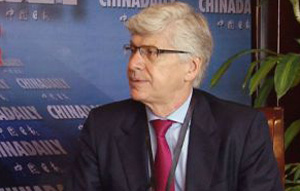Future points to carbon trading
Updated: 2013-06-14 02:17
By Lan Lan (China Daily)
|
||||||||
Environmental costs
To reach China's mandatory efficiency goals, the government had to take some extreme steps, including power cuts and limits on electricity supply in 2010.
"A market-based mechanism will surely work better than administrative measures. Companies should internalize environmental costs that were previously taken by the government," said Tang Renhu, general manager of Beijing-based Sino-Carbon Innovation and Investment Co.
To avoid a low price in carbon auctions, regulators in some markets may set a floor price. Prices that are too low reduce companies' incentive to invest in technology to cut down emissions.
But according to experts, the Shenzhen pilot program has yet to set either a floor or a ceiling on carbon prices for auction.
For energy-conservation projects, the central government offers a subsidy of 240 yuan ($39) for each ton of coal equivalent saved, while provincial-level governments offer about 60 yuan. Based on that, the reference carbon price is about 100 yuan per ton, said Tang.
This number "could be a reference to the market, but the price needs to be decided by the market," he said.
California established its carbon market last November with quarterly auctions of carbon allowances, making it the second-largest carbon market in the world after the EU's Emission Trading Scheme or ETS.
California set a $10 price floor for its first allowance auction in November. The carbon allowances were actually sold at $10.09 a ton.
In its second auction in February, the price rose to $13.62 a ton, and the price then hit a record of $14 in the third auction in May.
Gary Gero, president of the California-based Climate Action Reserve, said the most affected companies are electric utilities, petroleum refineries and large manufacturing facilities.
Most companies will assess the costs of implementing on-site emission reductions relative to the cost of an allowance or offset and then pursue the most cost-effective reduction opportunities.
"This is the very point of a cap-and-trade program; it provides the largest amount of emission reductions at the least possible cost, thereby reducing the economic impact on businesses and consumers," said Gero.
This program will result in the shifting of energy production to cleaner fuels and technologies as the program progresses and after the least expensive reductions have been identified and implemented, he added.
The problems of the EU's ETS, the largest player in the global carbon market, are mostly due to two related issues: the excessive allocation of permits and carbon price volatility.
Justin Dargin, energy and carbon markets expert at the University of Oxford, said China should not be overly concerned about the success or failure of carbon markets outside its jurisdiction.
The reason that China is concerned about the development of carbon markets has mostly to do with transitioning its economy away from an energy-intensive model.
The introduction of energy-efficient industrial equipment would also lower China's aggregate energy consumption. That would help China meet its energy security goals for the medium and longer term. These goals are relatively independent of developments outside of China, said Dargin.
Yet, China can learn from other jurisdictions and therefore should pay close attention to the best practices and "lessons learned" elsewhere.
Dargin suggested setting a carbon price floor that is high enough to create incentives for industry to invest in clean technology, while at the same time not being too high to hinder industrial competitiveness. The price band should also attempt to minimize volatility as much as possible.
Xie Zhenhua, China's top climate change official, said in April that China will draw lessons from the EU's ETS, the world's biggest emissions trading system, which has had a lingering oversupply of carbon allowances and low prices.

 Philippine, US start Naval exercise in S China Sea
Philippine, US start Naval exercise in S China Sea
 Supreme Court gay rights ruling celebrated across US
Supreme Court gay rights ruling celebrated across US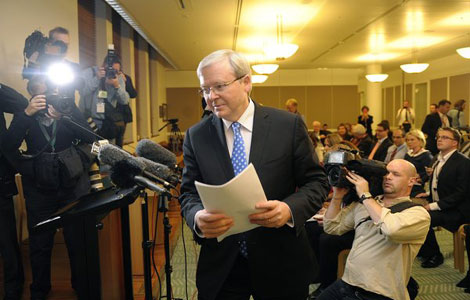
 Rudd returns as Australian PM after Gillard
Rudd returns as Australian PM after Gillard
 Brazil protests intensify before Confed Cup semifinal
Brazil protests intensify before Confed Cup semifinal
 Long lost weekend
Long lost weekend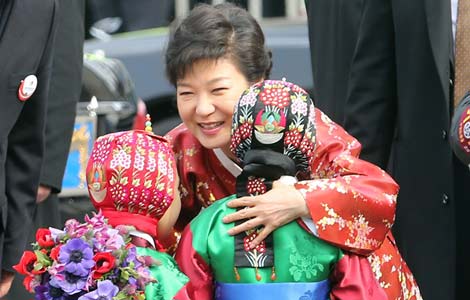
 Park ready to charm China
Park ready to charm China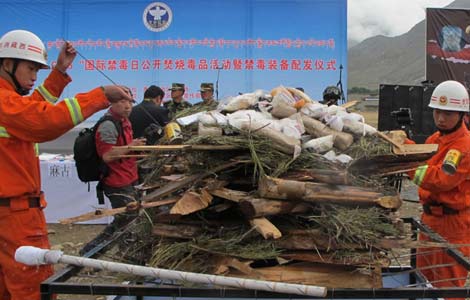
 Prices climb as police crack down
Prices climb as police crack down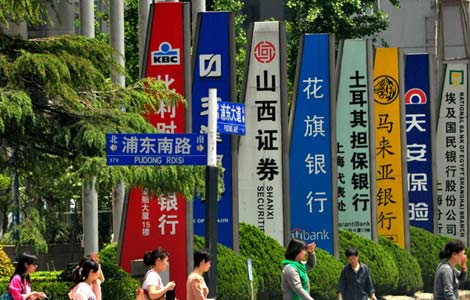
 China 'most promising' in FDI
China 'most promising' in FDI
Most Viewed
Editor's Picks

|

|

|

|

|

|
Today's Top News
Proposed law puts curbs on family visas
Markets will stay volatile, continue to struggle: Expert
Promising outlook on US, China investment
US adoptees visit Chinese roots
Ecuador refutes Washington Post accusation
IBM to make Chinese job cuts
PBOC ends credit crunch, to go further
Snowden still at Moscow's airport, asylum pending
US Weekly

|

|

